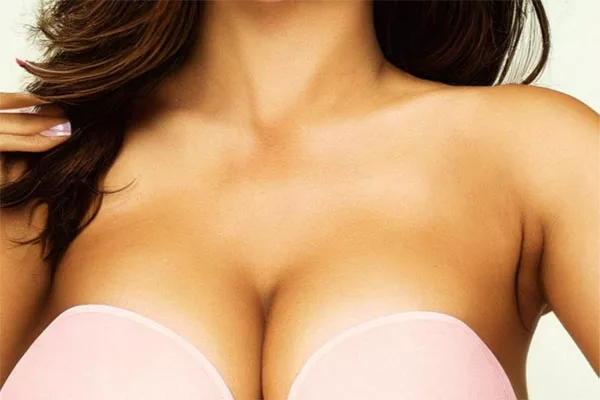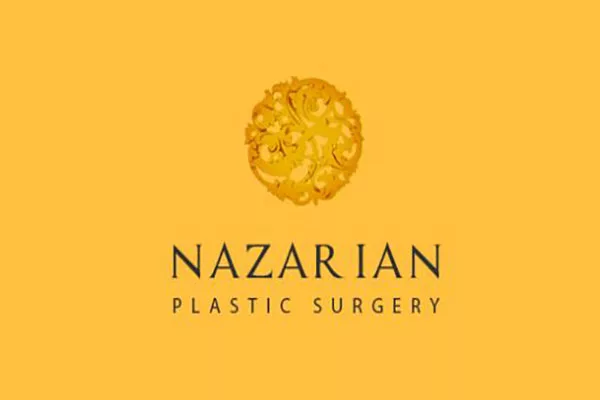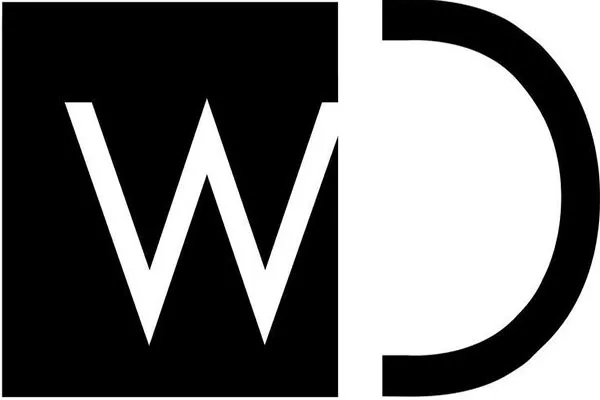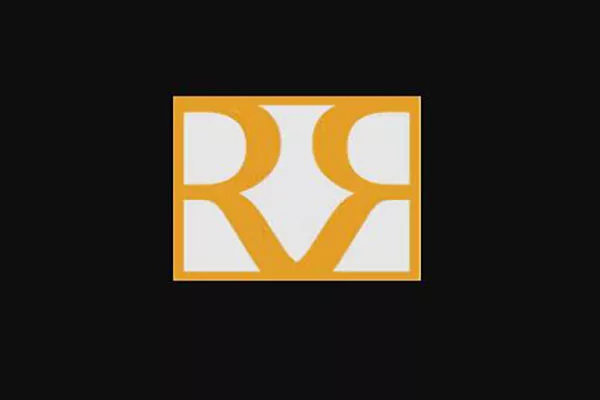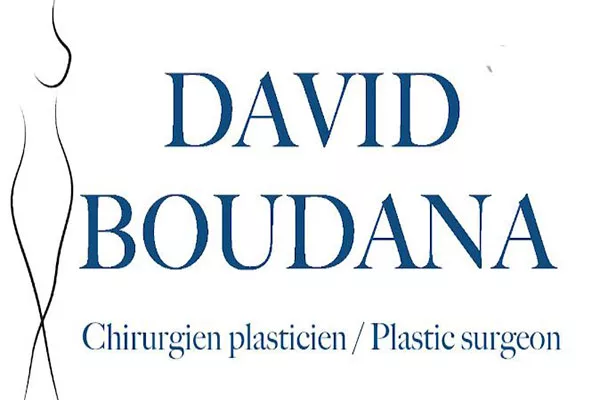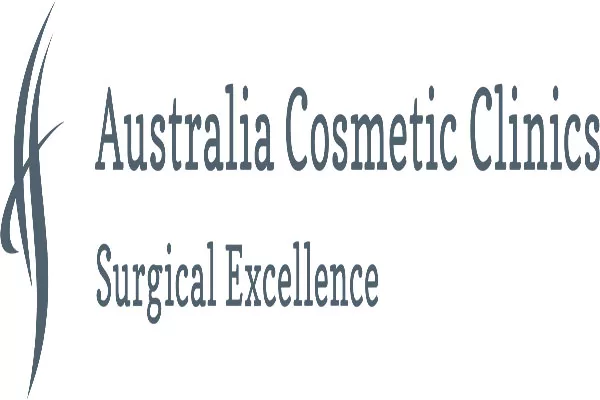Breast surgery is a cosmetic surgical procedure that is designed to enhance the appearance and size of breasts. There are many different types of breast surgery procedures available, some of which involve the use of implants to increase the size of the breasts, while others involve reducing the size of the breasts or lifting them to make them appear more youthful. One of the newer techniques that has emerged in recent years is known as fat transfer to the breasts, which involves taking excess fat from other parts of the body and injecting it into the breasts to create a fuller, more desirable appearance. In this article, we will explore fat transfer to the breasts in more detail, including how it works, the benefits and risks, and what to expect during and after the procedure.
How it Works
Fat transfer to the breasts, also known as autologous fat transfer, is a procedure in which a patient’s own fat is used to enhance the size and shape of the breasts. The procedure involves two main steps: liposuction to harvest the fat and then injection of the harvested fat into the breasts.
During the first step, the surgeon will use liposuction to remove fat from another area of the patient’s body, such as the abdomen, hips, or thighs. This fat is then purified and processed so that only the best fat cells are retained for injection into the breasts.
During the second step, the purified fat is injected into the breasts through a small incision. The surgeon will carefully deposit droplets of fat in different areas of the breast to ensure an even, natural-looking result. Patients can usually expect to undergo multiple injections in order to achieve the desired result.
The procedure typically takes several hours to complete, and patients may be under local or general anesthesia, depending on the extent of the procedure. After the procedure is complete, patients will need to wear a compression garment to reduce swelling and bruising, and will need to rest for several days before resuming normal activities.
Benefits of Fat Transfer to Breasts
One of the main benefits of fat transfer to the breasts is that it can provide a more natural-looking result compared to breast implants. This is because the fat is taken from the patient’s own body, and is typically more pliable and soft compared to breast implants.
Another benefit is that fat transfer to the breasts provides dual benefits of both enhancing the size and shape of the breasts while also slimming down another part of the body through the liposuction process. This can be a big draw for patients who are looking to achieve multiple improvements with one procedure.
Additionally, because the procedure uses the patient’s own fat, there is typically no risk of rejection or allergic reaction, which can be a risk with breast implants. Furthermore, because the incisions used in the procedure are small, scarring is minimal and may fade over time.
Finally, because fat transfer to the breasts is a minimally invasive procedure, patients often experience less pain, swelling, and downtime compared to other types of breast surgery. This can make it a more appealing option for patients who are looking for a less invasive approach to breast enhancement.
Risks and Considerations
While fat transfer to the breasts is generally considered safe, there are still risks and potential complications that patients should be aware of before undergoing the procedure.
One potential risk is that not all of the injected fat cells will survive in the new location, which means that the desired results may not be achieved. Additionally, some patients may experience asymmetry or unevenness in the breasts following the procedure.
There is also a risk of infection, bleeding, and scarring, as is the case with any surgical procedure. Patients may also experience bruising, swelling, and discomfort in the treated areas for several weeks after the procedure.
Finally, it is important to note that fat transfer to the breasts is not suitable for all patients. Patients who have very little excess fat to harvest, as well as those who are looking to achieve a dramatic increase in breast size, may not be good candidates for the procedure. It is important for patients to undergo a thorough consultation with their surgeon in order to determine if fat transfer to the breasts is right for them.
Preparation for Surgery
Before undergoing fat transfer to the breasts, patients will need to undergo a thorough consultation with their surgeon in order to determine if they are good candidates for the procedure. During this consultation, the surgeon will evaluate the patient’s overall health and medical history, as well as their goals and expectations for the procedure.
Patients will also need to follow specific instructions to prepare for the procedure, which may include:
- -Avoiding smoking and other tobacco products for several weeks prior to the procedure, as smoking can interfere with the healing process
- Avoiding certain medications and supplements, such as aspirin and ibuprofen, which can increase the risk of bleeding
- Drinking plenty of water and staying hydrated in the days leading up to the procedure
- Arranging for a friend or family member to provide transportation to and from the surgery center or hospital
- Ensuring that they have a comfortable, supportive bra to wear following the procedure
Patients will also need to arrange for time off from work and other activities in order to allow for adequate recovery time.
What to Expect During the Procedure
On the day of the procedure, patients will typically need to arrive at the surgery center or hospital several hours before the procedure is scheduled to begin. Before the procedure, the patient will be given either local or general anesthesia, depending on the extent of the procedure and their personal preference.
Once the patient is under anesthesia, the surgeon will use liposuction to remove fat from another area of the body, such as the abdomen, hips, or thighs. The harvested fat will then be purified and processed so that only the best fat cells are retained for injection into the breasts.
The surgeon will then use a small needle to inject the purified fat into the breasts, carefully depositing droplets of fat in different areas of the breast to ensure an even, natural-looking result. Patients can usually expect to undergo multiple injections in order to achieve the desired result.
The entire procedure typically takes several hours to complete, depending on the extent of the procedure and the patient’s individual needs. Patients will be monitored closely during and after the procedure to ensure their safety and comfort.
Recovery and Aftercare
After the procedure is complete, patients will need to wear a compression garment to help reduce swelling and bruising and support the breasts as they heal. Patients will typically be able to return home on the same day as the procedure, but will need to arrange for someone to drive them home and provide assistance for the first few days of recovery.
Patients will need to avoid strenuous activity for several weeks following the procedure, and may need to take time off from work to allow for adequate rest and healing. During this time, patients should avoid sleeping on their stomach or sides and should sleep with their upper body elevated to help reduce swelling.
Patients may experience some discomfort, swelling, and bruising in the treatment areas for several weeks following the procedure. Pain medications can be prescribed to help manage these symptoms, and patients should follow their surgeon’s instructions regarding medication use and dosages.
Patients will also need to attend follow-up appointments with their surgeon to monitor their progress and ensure that the breasts are healing properly. As with any surgical procedure, there are risks and potential complications associated with fat transfer to the breasts, and patients should be aware of these risks before undergoing the procedure.
Results and Longevity
The results of fat transfer to the breasts can vary depending on a variety of factors, including the patient’s individual anatomy, the amount of fat transferred, and the skill and experience of the surgeon. In general, patients can expect to see a noticeable improvement in breast size and shape, with a more natural-looking result compared to breast implants.
It is important to note that not all of the fat cells injected during the procedure will survive in the new location, which means that some patients may experience some shrinkage of the breast tissue over time. In order to maintain the results of the procedure, patients will need to maintain a stable weight and practice healthy habits, such as regular exercise and a healthy diet.
The longevity of the results can vary depending on a variety of factors, and it is difficult to predict exactly how long the results will last for a given patient. Some patients may require touch-up procedures over time to maintain their desired results.
Overall, fat transfer to the breasts can be a safe and effective way to enhance the size and shape of the breasts, providing patients with a more natural-looking result compared to breast implants. As with any surgical procedure, it is important to work with a qualified and experienced surgeon in order to achieve the best possible outcome.
Cost of Fat Transfer to the Breasts
The cost of fat transfer to the breasts can vary widely depending on a variety of factors, such as the individual surgeon’s fees, the extent of the procedure, and the geographic location of the surgery center or hospital.
In general, fat transfer to the breasts can be more expensive than a traditional breast augmentation with implants, due in part to the fact that the procedure involves two separate steps: liposuction to harvest the fat and then injection of the fat cells into the breasts.
Potential costs associated with fat transfer to the breasts may include:
- Surgeon’s fees
- Anesthesia fees
- Facility fees
- Cost of compression garments and other aftercare supplies
- Medication costs
Patients should also be aware that they may need to take time off from work for several days or even weeks following the procedure, which can also factor into the overall cost of the procedure.
It is important for patients to discuss the potential costs of the procedure during their consultation with their surgeon, and to ask about financing options if needed. Some surgeons may offer financing plans or other options to help make the cost of the procedure more manageable for patients.
Conclusion
Fat transfer to the breasts can be a safe and effective way to enhance the size and shape of the breasts while also slimming down another area of the body. The procedure involves two main steps: liposuction to harvest the fat and then injection of the fat cells into the breasts. While there are risks and potential complications associated with the procedure, many patients are satisfied with the results and find that the benefits outweigh the risks.
Patients who are considering fat transfer to the breasts should be aware of the potential risks and complications associated with the procedure, and should work with a qualified and experienced surgeon to achieve the best possible outcome. Patients should also be prepared to experience some discomfort and downtime following the procedure, and should arrange for adequate time off from work and other activities in order to allow for proper healing.
Overall, fat transfer to the breasts can be a safe and effective way to achieve a more natural-looking breast augmentation without the use of implants, providing patients with long-lasting and satisfying results.
References:
1. American Society of Plastic Surgeons. (2021). Fat Transfer Breast Augmentation. Retrieved from https://www.plasticsurgery.org/cosmetic-procedures/fat-transfer-breast-augmentation
2. International Society of Aesthetic Plastic Surgery. (2021). Autologous Fat Transfer. Retrieved from https://www.isaps.org/procedures/body/fat-transfer/
3. The Aesthetic Society. (2021). Fat Grafting to the Breast. Retrieved from https://www.surgery.org/consumers/procedures/body/fat-grafting-to-the-breast
4. U.S. National Library of Medicine. (2021). MedlinePlus: Autologous Fat Transfer. Retrieved from https://medlineplus.gov/ency/article/007291.htm
